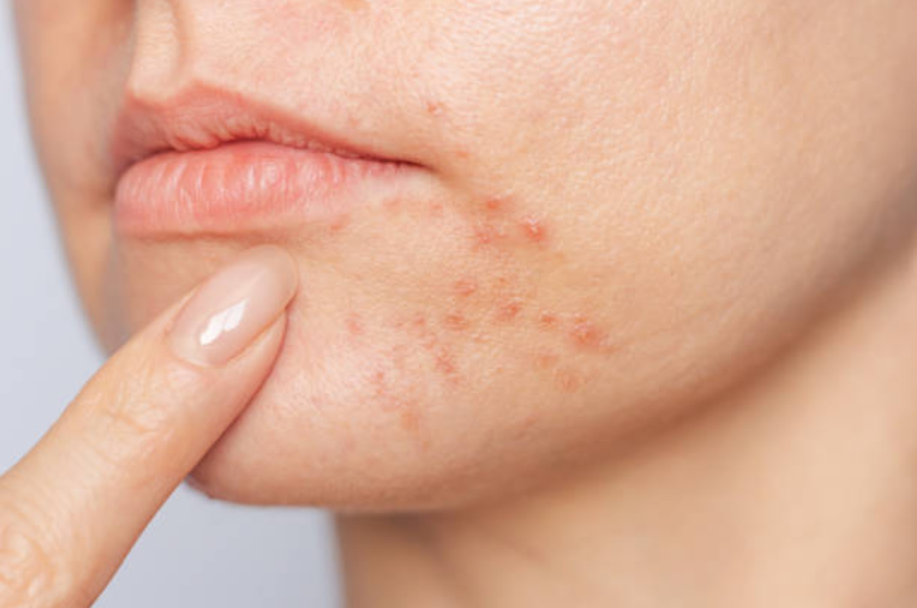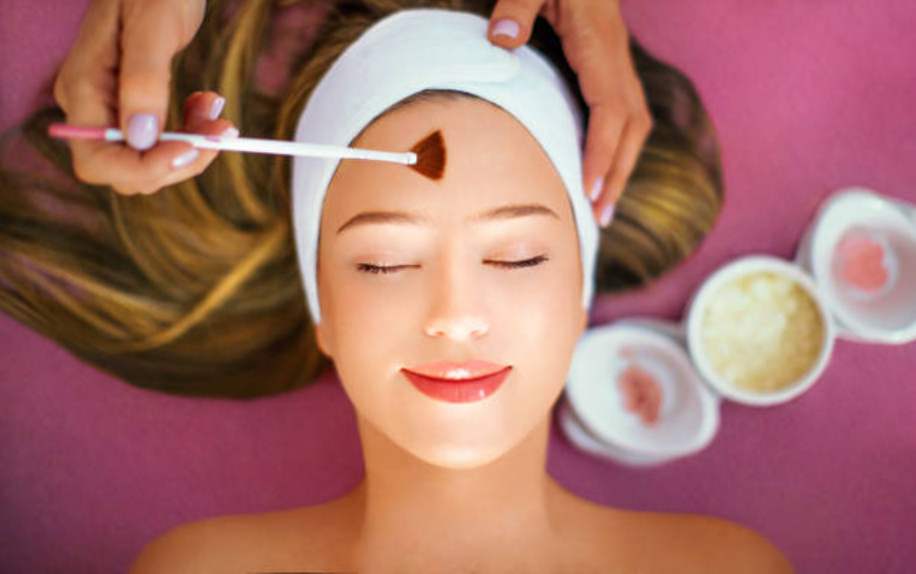Are you struggling with acne scars? Have you tried every cream, serum, and even laser treatment, but those stubborn marks remain? Does a chemical peel, a treatment that promises to lighten scars and reveal smoother skin, really work? And is it right for your skin? Today, let’s take a deep dive into this highly anticipated beauty treatment.
A chemical peel is like hitting a reset button for your skin. It works by applying a special solution to the skin, removing the top layer and speeding up cell turnover to reveal fresher, brighter skin underneath. There are three main types, depending on the depth of the peel:
- Surface peel: mild and gentle, suitable for minor skin texture issues and light scars.
- Mid peel: more effective, targeting deeper scars and spots.
- Deep peel: for severe scars, but requires a longer recovery time.
Not sure which one you need? A dermatologist or skincare expert can help you choose.
How do chemical peels help fade acne scars?

When acne leaves scars (whether pits or spots), chemical peels work by:
- Stimulate collagen production: Helps fill in pitted scars over time.
- Lightens spots: Lightens hyperpigmentation by removing the pigment layer.
- Smooths skin texture: Exfoliates to soften rough, uneven skin.
- Prevents future breakouts: Prevents acne from returning by clearing out pores.
While it’s not an overnight miracle, many people do see noticeable improvements after a few treatments.
Before treatment: A skincare professional will examine your skin type and choose the right peel for you. You may need to hold off on retinol or harsh ingredients for the first few days.
During treatment: You’ll feel a slight tingling or warming sensation as the solution is applied. It stays for a few minutes and then is neutralized.
After treatment:

- For the first few days: Redness, tightness, and lots of peeling may occur (totally normal!).
- Recovery phase: New skin appears, must be protected with sunscreen.
- Final result: After a few weeks, smoother, clearer skin.
Pro tip: Don’t pull at peeling skin, let it fall off naturally!
Most people tolerate chemical peels well, but some temporary side effects may occur:
- Redness and peeling (expected, subsides in a few days).
- Sensitivity (your skin will be delicate, use gentle products!).
- Hyperpigmentation (rare, but darker skin types should consult a specialist).
Who is not suitable for chemical peels?
- If you have active breakouts or open wounds.
- If your skin is extremely sensitive or prone to keloid formation.
- If you are pregnant or breastfeeding (consult your doctor first).
A chemical peel isn’t magic, but it is one of the most effective ways to gradually fade scars and improve skin texture. If you’re ready to try it, consult a dermatologist to find the best peel for you.

